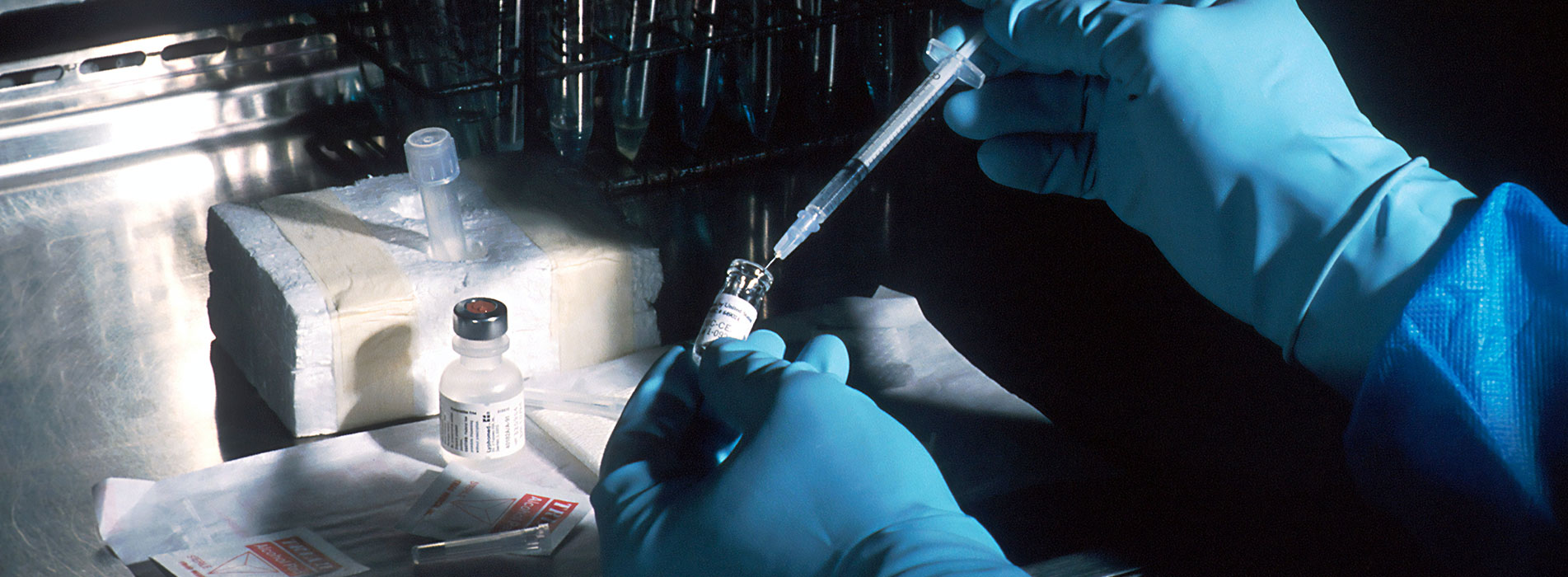NOTE: This blog post was taken from Need to Know: How to Arm Yourself and Survive on the Healthcare Battlefield (2018) by Darwin Hale, COL (RET), USAR, the Founder & CEO of Advocate Health Advisors. Darwin is a respected entrepreneur, author and decorated military officer with more than 30 years’ experience in the corporate world to include serving in the United States Army and Army Reserve (USAR).
The outlook for America’s health care system sometimes seems grim. A 2016 study from the Johns Hopkins School of Medicine concluded that more than 251,000 hospitalized patients had died from preventable medical errors in 2013. Meanwhile, in 2019, Americans spent 3.8 trillion dollars on health care. That’s more than the entire gross domestic product of a major nation like Great Briton.
Much of that spending was wasted on duplicated or unneeded services. A report published by the National Institutes of Health Library of Medicine estimated that in 2013, a total of 765 billion dollars of medical care spending was wasted. That was six years ago. If wasteful spending has grown at the same rate as overall medical spending (4% a year), then this year’s wasted outlays could total 25 percent or more of all medical spending.
Besides fighting a broken health care system, Americans are developing more chronic diseases simply because we are living longer. Numerous public health authorities have cited the increases in heart disease and type-2 diabetes as huge burdens on the health care system. In wealthy nations like the United States, most patients with these conditions are nearing or past retirement age. Some are saying that the “Diabesity” epidemic (obesity and type-2 diabetes) is likely to be the biggest epidemic in human history.
Genes are one determining factor of our health
It’s an uphill fight, but a new field of research offers an exciting glimpse of how we might be able to defeat these enemies using our own genetics. Every human cell contains 46 chromosomes, arranged as 23 pairs; one member of each pair is inherited from each parent. Chromosomes are precisely organized strands of DNA, each containing thousands of chemical sequences called “genes.” The genes send chemical messages to every part of the human body, telling it what to do. This includes making the proteins, hormones and other bio substances needed for good health.
Most people know that their hair and eye colors are determined by a combination of genes received from their parents, but that is only a small part of the role DNA and genes play in your body. For decades, medical science thought that your genetic fate was pretty much sealed at conception. That was the hand Mother Nature had dealt and you had to play it as it is. In recent decades, that thinking has changed. The emerging field of epigenetics is concerned with how the environment can influence the traits that are “expressed” by your genetic structure. The word epigenetics literally means above genetics or in addition to genetics.
Impact of environment on our genes
It turns out that a gene can be turned off (prevented from expressing itself) or turned on, prompted to produce the effect it controls. The environment causes your DNA to behave differently. You might say that DNA loads the gun, but environment pulls the trigger.
Examples of epigenetics are being found everywhere. One of the earliest and most convincing pieces of evidence grew out of World War II. During the final year of that conflict, there was massive famine in Nazi-occupied Europe. Millions of people died of starvation, and many others were damaged for life. Decades later, Dutch scientists organized a study of people who had been conceived, nurtured and born during that famine.
The results were striking. They found high rates of diabetes, obesity, hypertension, and even mental disorders like schizophrenia. The babies born in the famine years had the same genetic structure (i.e. the same genes) as any other random sample of Dutch children, but epigenetic factors had produced these undesirable outcomes. Epigenetics does not reflect a change in the genes, but a change in the DNA around those genes. In turn, that influences how the gene reacts with the environment.
Creating a better environment of our genes
Likewise, you may have a gene that leads to a certain type of cancer, but whether that gene gets turned on or off depends in part on what you eat and what your environment is like. Food is part of your environment, and changes in the food you consume can cause changes to this master controller of gene expression. It is now well accepted that high-fat diets are associated with a higher risk of some cancers. The old saying is true: you are what you eat.
It’s not just food, though. It appears exercise may also play a role in epigenetics. In a 2014 study published in the journal Epigenetics, scientists asked 23 men and women to bicycle using only one leg for 45 minutes, four times a week over three months. In comparing muscle biopsies before and after the experiment, scientists found that, in the exercised muscle, new patterns had developed on genes associated with insulin response, inflammation, and energy metabolism. In other words, epigenetic factors had modified the genes involved, turning them on or off.
Epigenetics is still an emerging field of study and not yet widely discussed. It takes time for new ideas and technologies to be widely adopted, but Dr. Carl Johan Sundberg, an investigator on the study said this, “It is well-established that being inactive is perilous, and that regular physical activity improves health, quality of life and life expectancy. This study indicates that epigenetics plays an important part in skeletal muscle adaptation to endurance training.”
This points toward a future where medicine harnesses the powers already residing in the body to help it protect itself. In other words, you’re already armed to fight the enemy, even if you don’t realize it! The bottom line is this- you cannot change the genetic material you have been given, but you can influence the ways that genetic information is expressed. You can make the very best of what you have!
Sources
Diabetes and Its Drivers https://clindiabetesendo.biomedcentral.com/articles/10.1186/s40842-016-0039-3
Famine and diabetes https://www.thelancet.com/journals/lancet/article/PIIS0140-6736(97)07244-9/fulltext
Cancers associated with high-fat diets. https://www.ncbi.nlm.nih.gov/pubmed/1616815
Healthcare Spending https://www.cms.gov/Research-Statistics-Data-and-Systems/Statistics-Trends-and-Reports/NationalHealthExpendData/NationalHealthAccountsHistorical





